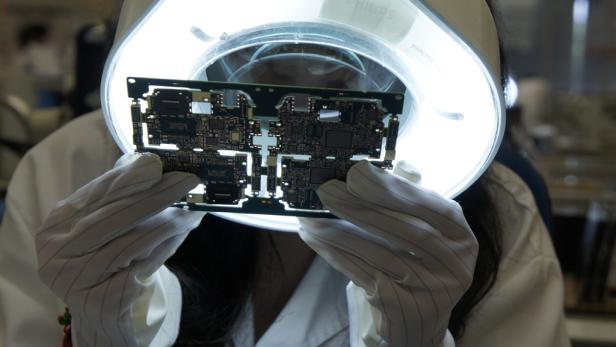
Yoga, French Catering and Printed Circuit Boards
Dieser Artikel ist älter als ein Jahr!
The factory on the industrial site of Xin Zhuang could be somewhere in Austria. There is almost no difference from an Austrian plant. The only noticeable variation is that the majority of employees are Chinese, only two dozen of the 4,800 workers are migrant workers from the West, mostly from Austria. The average age of the employees in the Shanghai branch is 27 and 40 percent of the workers are women. The plant has no assembly lines, and no children work there. The factory, the air quality and the surrounding area is so clean that it attracted the attention of Chinese officials some years ago. The air in the factory is completely replaced every six minutes. According to AT&S-COO Peter Griehsnig, `All employees are treated in the same way in all our factories worldwide.`

© AT&S
Benchmark for China
The Factory is a role model, a benchmark industrial site. This observation was by the Chinese circuit-board-producers association the CPCA (Chinese Printed Circuit Association), and other factories have been measured against the AT&S plant. Peter Griehsnig says that management policy, laid down some years ago, is that all employees worldwide get the same treatment in terms of gender, religion and skin colour. There should be no lowering of standards in the fields of environment protection, health, and safety at work either. And this is what makes AT&S an benchmark.
A Touch of Google
There is almost feel of Google to the plant, albeit in a Chinese way. Like the US company, AT&S Shanghai is aware that the employees are the company`s asset. Although there is a glut of prospective workers in China, labour turnover, at 30 percent, is the lowest of all factories in China.
`Although there are 5,000 people working in the factory it is still like a big family`, says Tina Ma, a mother of three and one of the plant`s first employees, who has been working for AT&S for eleven years. Her identity card number says 60009. She was the 9th employee of AT&S in Shanghai. One of the reasons why she is really behind the company and the management is their corporate social responsibility (CSR). `I worked in a pencil factory before`, Tina Ma told futurezone. It is very worrying `If I think about how many trees had to be felled`. The environment is very important to her, especially because of her children. Another factor is health: in contrast to their competitors AT&S offers regular medical check-ups.
`We are behind the decisions of the management`, Hunter Ma adds. Three years ago he came to AT&S from another circuit-board producer. `Working conditions are completely different here`, he says. He doesn`t want to speak about the conditions at his former employer, but adds, `that is a completely different world here, you live a different company culture`.
Employees are the Company`s Asset
Tina Ma and Hunter Ma are really keen on the employees` club. For birthday presents or trips each member gets 1,000 RMB per year, there is a company basketball team and a yoga group. The yoga room in the social building is currently used as a seminar room, but it can be turned into a recreation space with little effort. More or less directly next to it there is a library. The bonus programme is almost typically Austrian: reliable employees get a present. Instead of getting a golden watch, they get a real gold coin with an AT&S logo on it. Tina Ma has already got such a distinction, so as Min Shen, who came to AT&S ten years ago. Changing to another company is out of question. In regular survey, satisfaction among employees is extremely high.
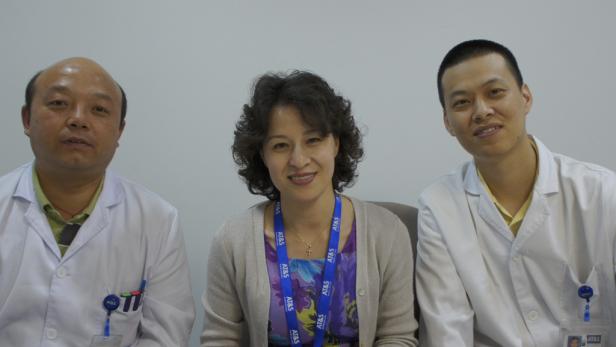
© Gerald Reischl
French Catering
A part of the corporate culture is that catering for employees is included in the employment package. In the big canteen in the social building, lunch is offered between 11 am und 1 pm. 1,600 Workers per shift arrive in 4 groups at 30-minute intervals. Employees can choose between three different set meals, one western meal and two Asian meals. All the meals are prepared by Sodexho, a French caterer. If someone is not happy with the meals on offer, there is a mini supermarket directly next to the canteen where you can buy crackers, cookies – like black Oreos – and freshly-brewed Illy espresso. All these are available at cost price. It is especially popular with western employees who find the set menu, although its called western, too Chinese.
No Dormitories
AT&S employees sleep at home, because sleeping rooms, so-called dormitories, as Foxconn has in its plants, do not exist at AT&S. `Most of our employees come from the Shanghai area and therefore we do not need "sleeping rooms"`, Griehsnig says. `We offer financial support to our employees because we want them to live a normal life with their families`. Also the wages are clearly over the minimum tariff. To get to and from work, the employees use one of the 23 free shuttle buses which go to 18 districts of Shanghai.
Model enterprise
The company has invested 30 million euros in environment protection, and a team of 100 engineers monitors the clean-technology construction. Water, which is used for production, is purified and directed back in the public water network. `The water is cleaner afterwards than it was before`, says a staff member. Actually 30 percent less water is needed than is normally required. More than 40 energy-saving projects have been passed in and set up in China since 2005. Thereby saving not only 1.5 million kilowatt-hours of electricity, but also nearly one million cubic metres of gas.
The environmental projects of AT&S have been incorporated into the Guidelines for Environment Protection for China`s Circuit-Board Industry. `We at the AT&S group are very proud that we recognised very early on that the efficient handling of resources and the well-being of staff are essential for the future success of the group`, says AT&S-CEO Andreas Gerstenmayer. `Shanghai is one exemplar that shows that investments in the environment and staff do not have to be in conflict with economic success`.
Presidential Visits
In 2001 AT&S received attention when former-Federal President Thomas Klestil attended the cornerstone-laying ceremony in Shanghai. Peter Griehsnig says that `people were, and still are, very impressed by this, as it is extremely rare in China that a president attends a factory opening`. Nine years later, thanks to contacts of AT&S chairman Hannes Androsch, Heinz Fischer also came to the plant.
AT&S has invested 700 million dollars in the plant in Shanghai, where the HDI-circuit boards (technologically the most complex on the market) are produced. They are mainly inserted into smartphones, notebooks, mobile devices, as well as being used in medical technology. There are four factories in Shanghai, which were built between 2003 and 2011 in four different stages of construction.
Under Permanent Control
AT&S clients do periodic audits to check whether their requirements are being fulfilled. One of the clients is Motorola – the US company did an audit during the futurezone visit – as are RiM, Sony, Toshiba, Flextronics and Continental. Complaints are rare and mostly only concern minor details, as Lizza Zhang, AT&S personnel manager says. Sometimes a worker forgets to wear safety glasses or gloves. Production runs 360 days a year, around the clock. Only at Chinese new year do the machines stand still, a group of one hundred employees – who get a special bonus – then do the necessary maintenance work.
According to AT&S-COO Peter Griehsnig, `All employees are treated in the same way in all our factories worldwide.`
AT&S-CEO Andreas Gerstenmayer. `Shanghai is one exemplar that shows that investments in the environment and staff do not have to be in conflict with economic success`
HDI: AT&S`s speciality is the HDI PCB, which stands for High Density Interconnected Printed Circuit Board. They are used to link electronic components. An HDI circuit board is made of many layers which are connected via conducting copper layers. The layers are drilled and filled with copper to make them conducting. In the four factories in Shanghai you can see the individual steps that have to be gone through to make the complex circuit boards. For example, how lasers or 0.2-millimeter mini-drills drill more than 400 million holes per hour into a board.

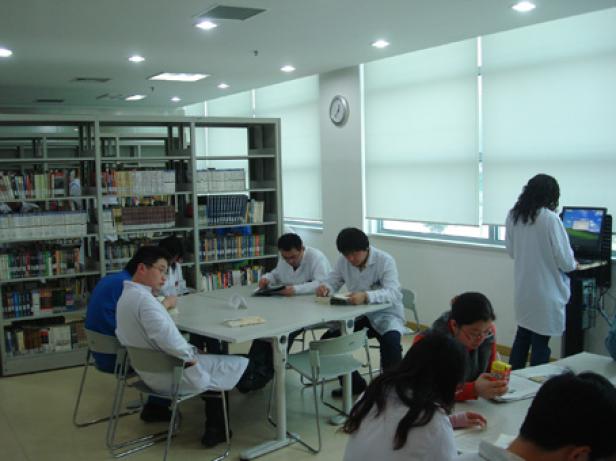

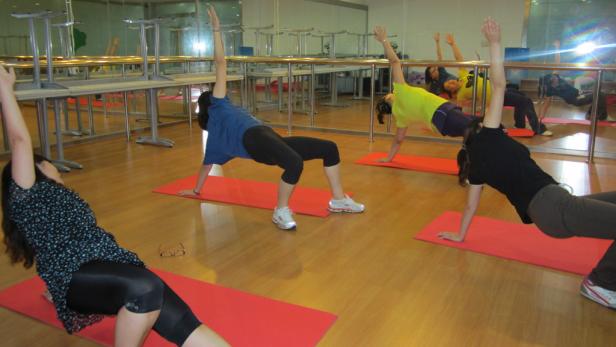
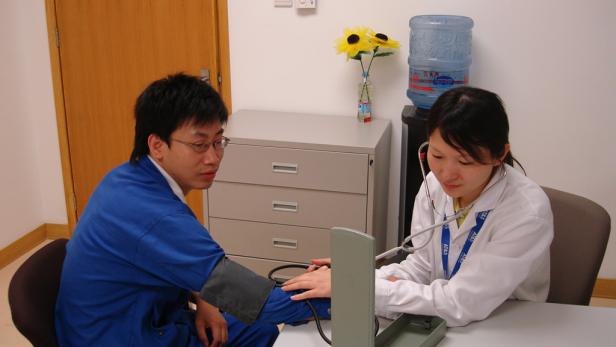
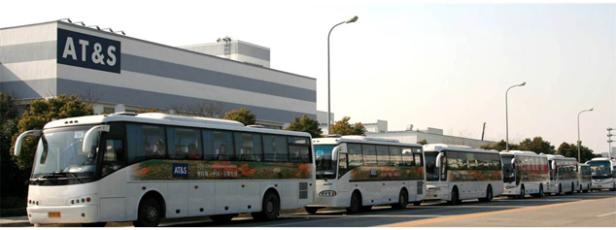
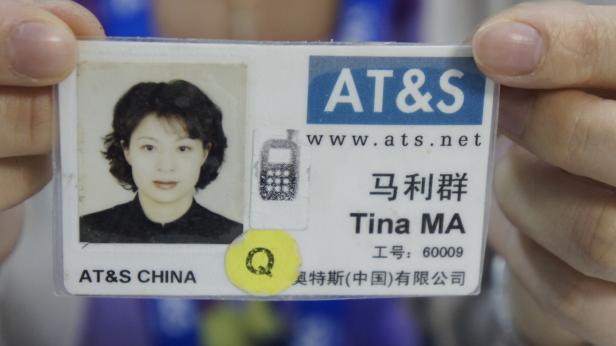

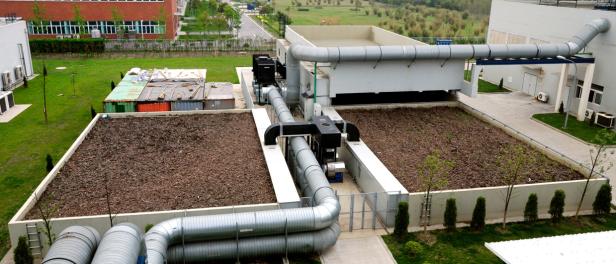
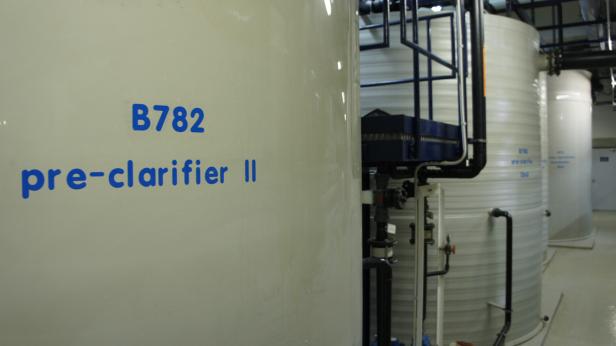
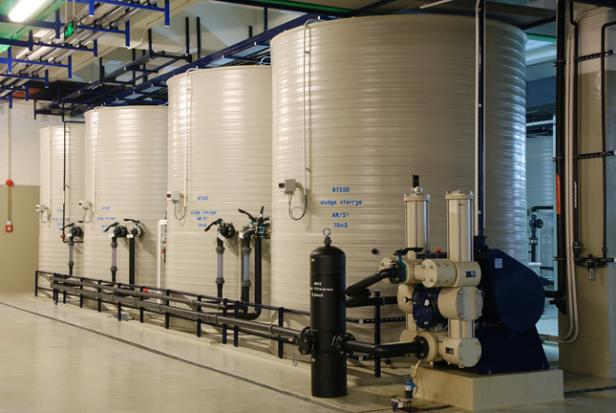
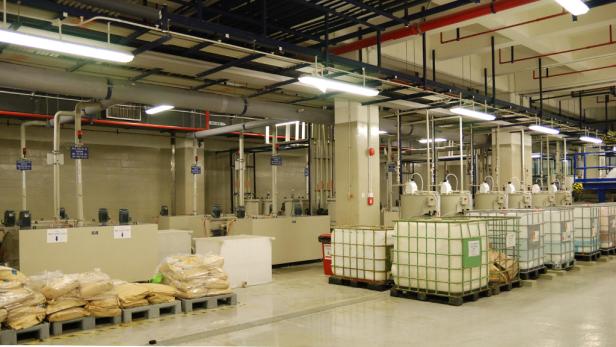
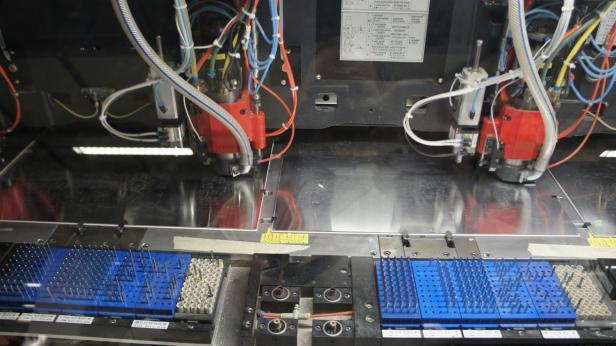
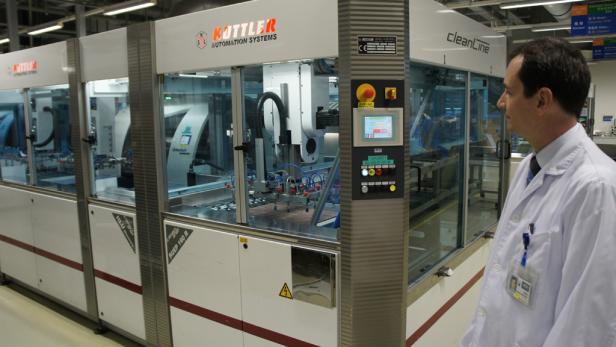

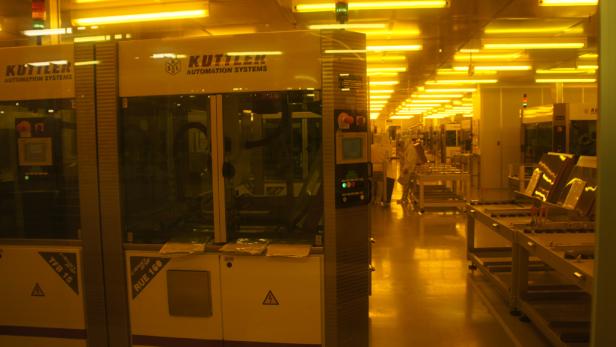
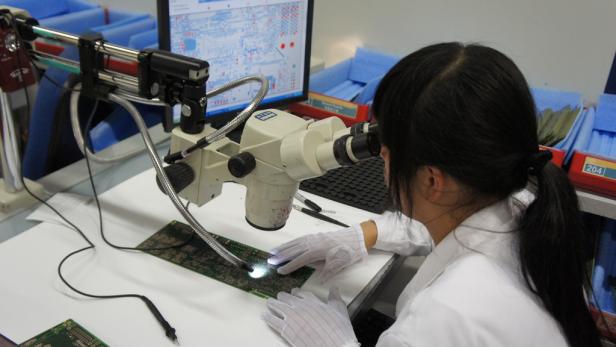

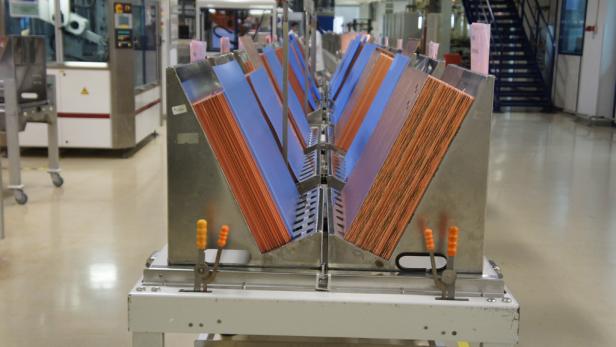
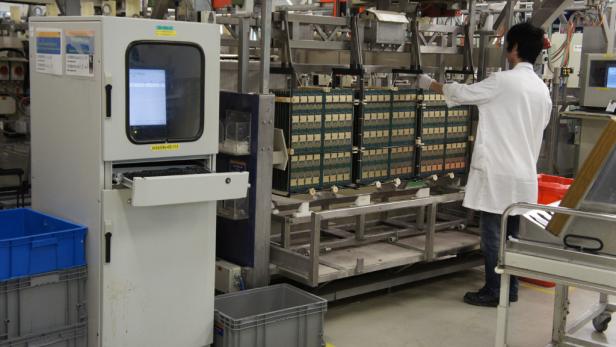
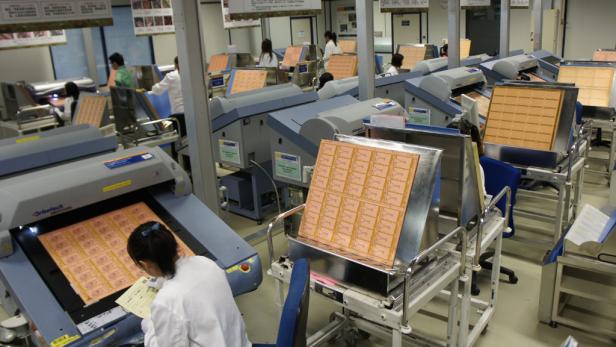
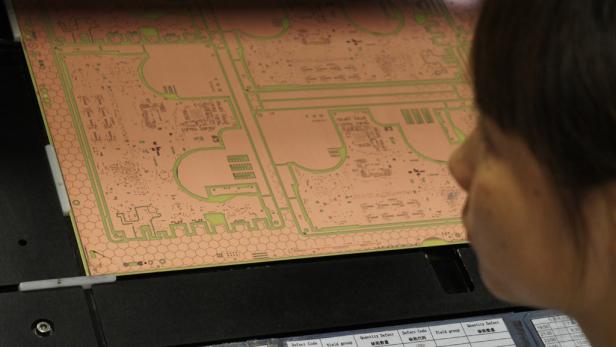
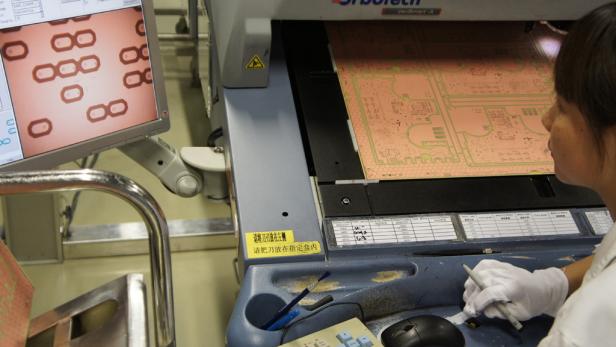
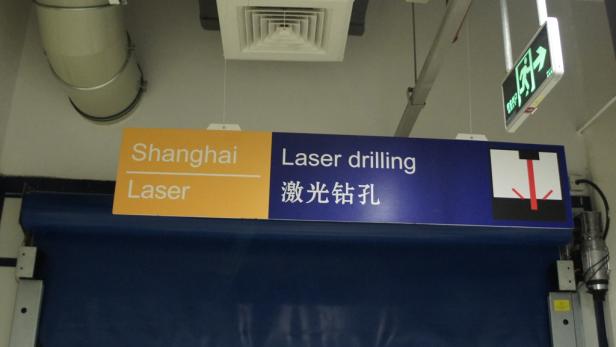
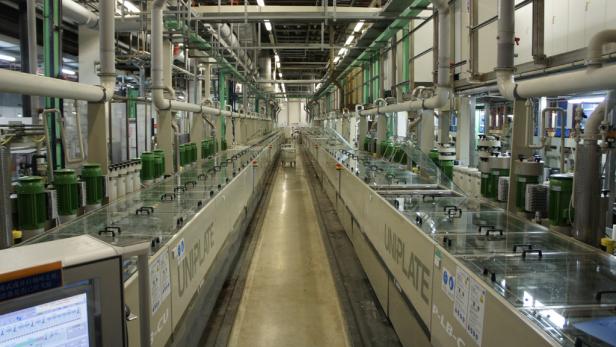
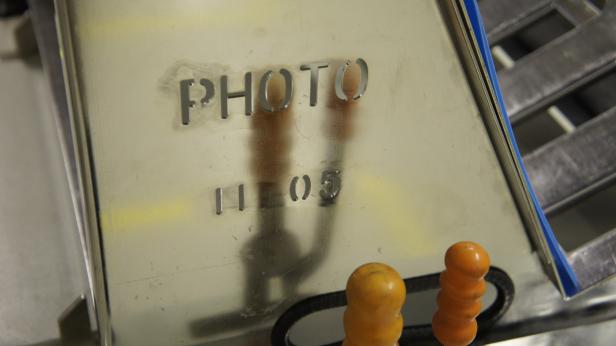

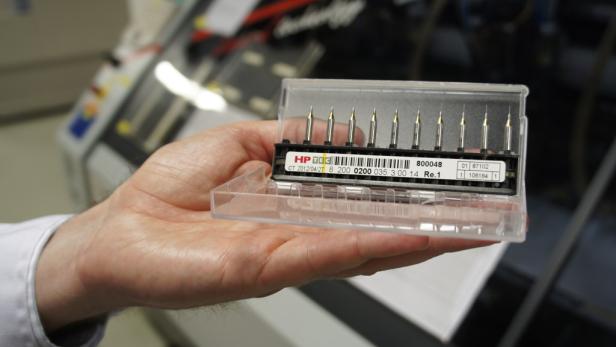
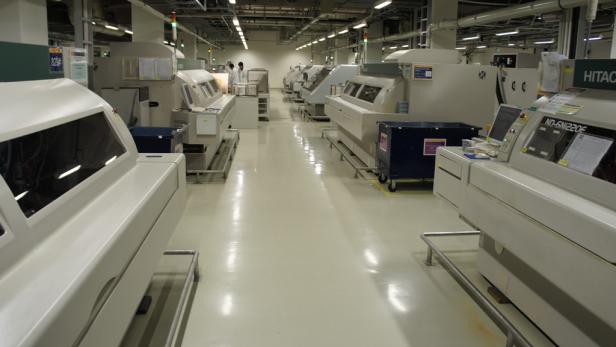
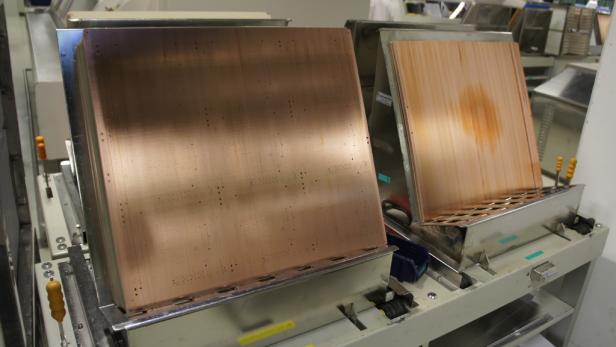
Kommentare